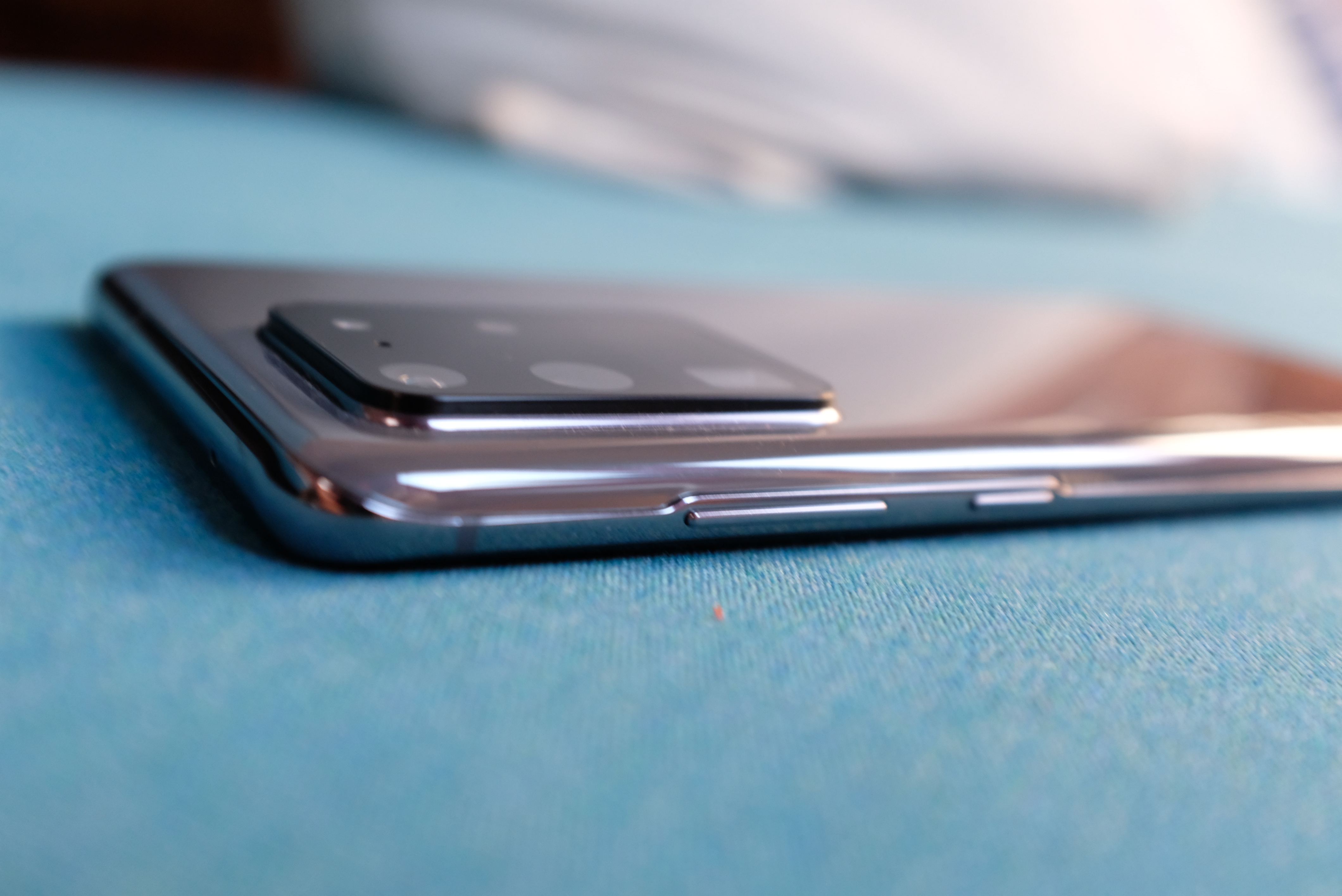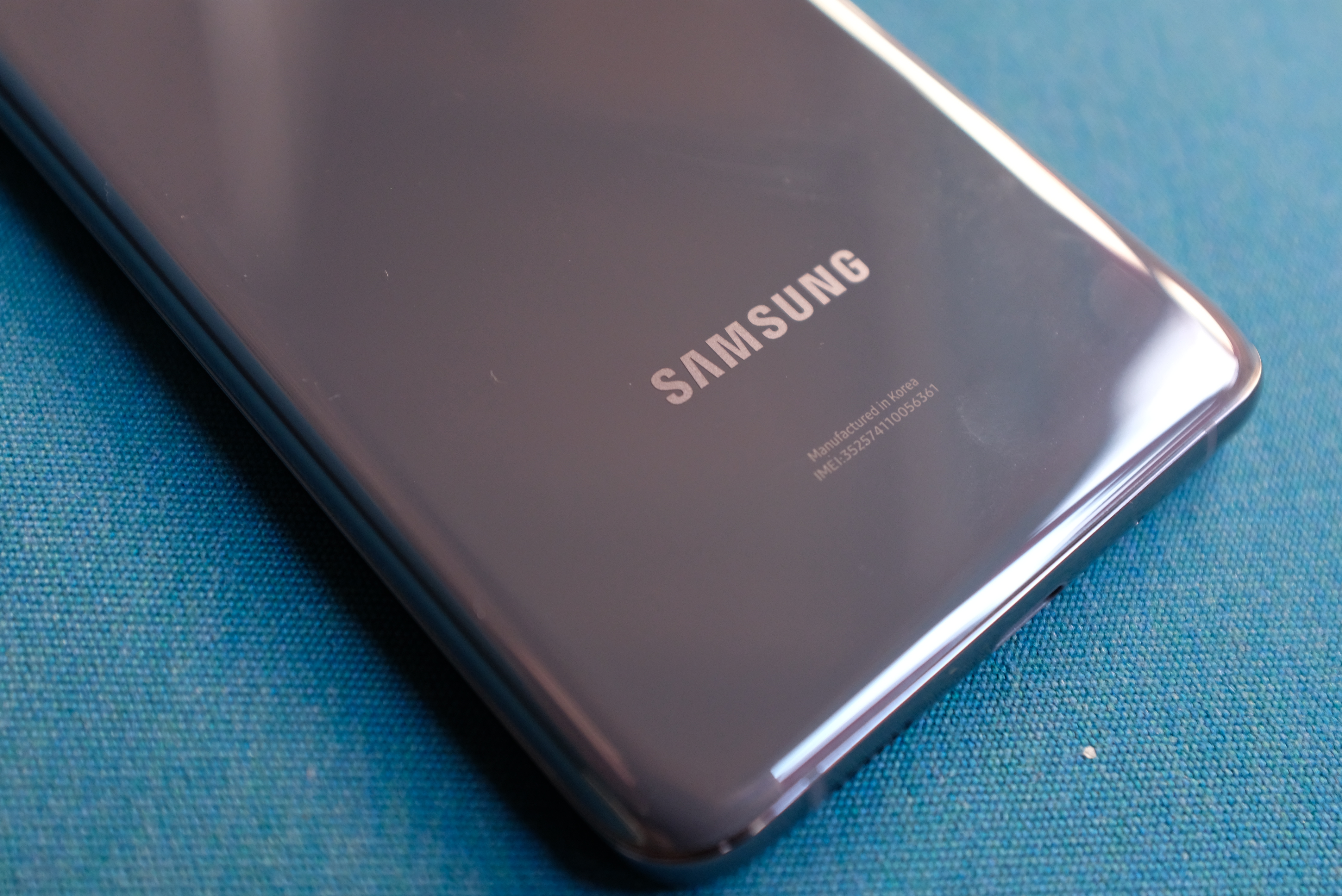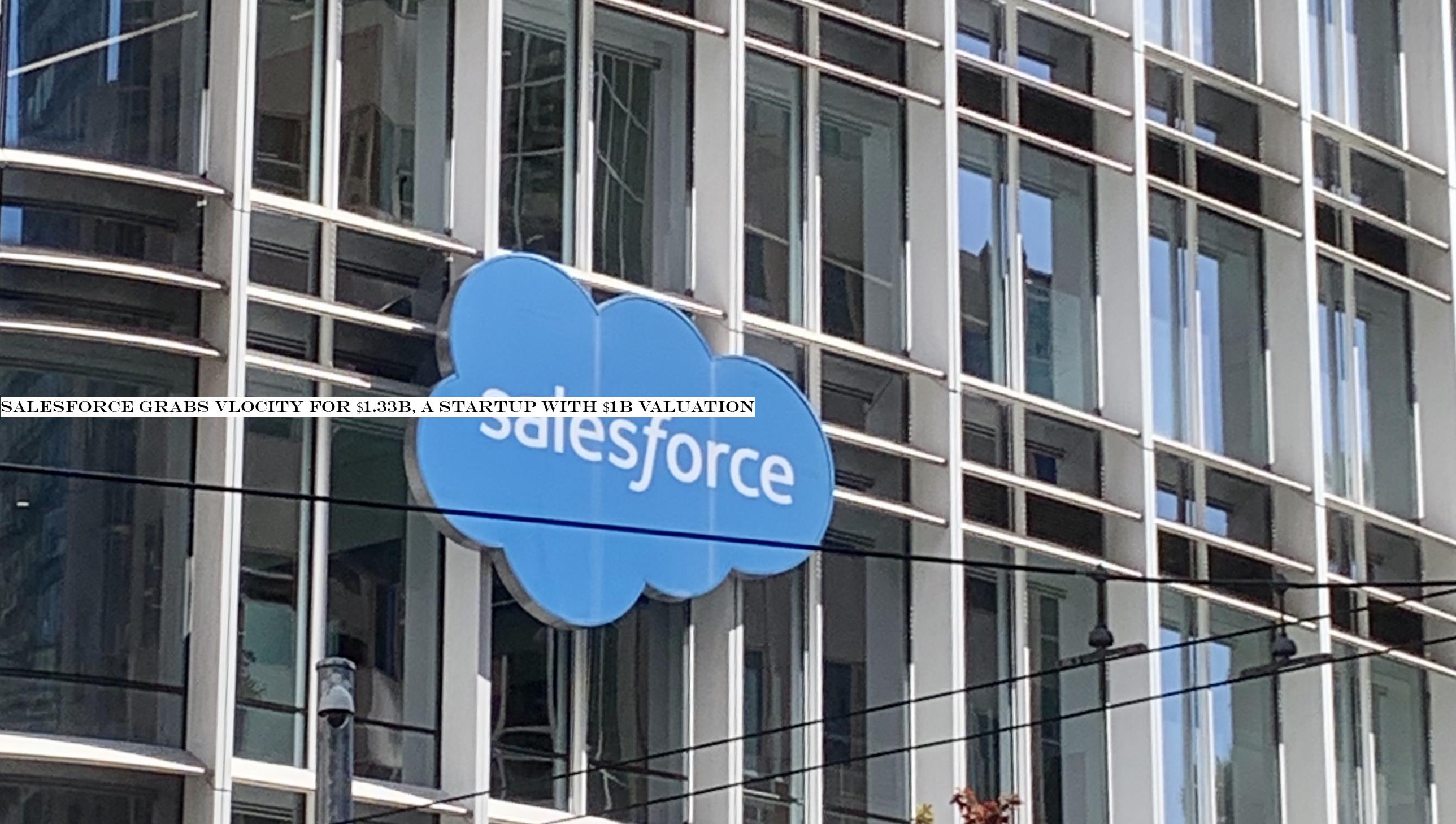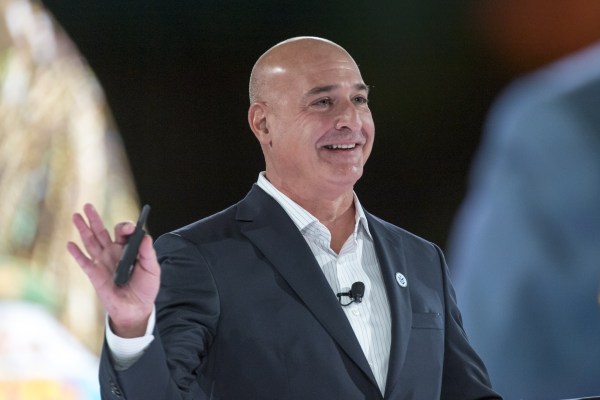Music
Trailers
DailyVideos
India
Pakistan
Afghanistan
Bangladesh
Srilanka
Nepal
Thailand
Iraq
Iran
Russia
Brazil
StockMarket
Business
CryptoCurrency
Technology
Startup
Trending Videos
Coupons
Football
Search
Download App in Playstore
Download App
Best Collections
Technology
The student loan crisis in the U.S. has left venture capitalists searching for novel approaches to financing higher education, but can the same systems designed for helping coders in Silicon Valley get jobs at Google help underserved students in developing countries become part of a global work force?
Similar to the buzzy San Francisco startup Lambda School, Microverse is a coding school that utilizes ISAs, or Income Share Agreements, as a means of allowing students to learn now and pay later with a fixed percentage of their future salary. Microverse isn&t aiming to compete heavily with Lambda School for U.S. students, however, they are looking more heavily at courting students in developing countries. The startup currently has students in 96 countries, with Mexico, Brazil, Kenya, Nigeria, Cameroon and India among their most represented, CEO Ariel Camus tells TechCrunch.
The pitch of bringing the ISA model worldwide has attracted investor interest. The startup tells TechCrunch it has just closed $3.2 million in seed funding from venture capitalists including General Catalyst and Y Combinator.
Lambda School and its ilk have excited plenty of investors. There has also been plenty of scrutiny and some questions on whether quickly scaling to venture-sized returns or building revenue by selling off securitized ISAs ends up pushing these startups toward cutting corners.
Microverse, for its part, is already built quite lean. The program has no full-time instructors. The entire curriculum is a self-guided English-only lesson plan that relies on students that are just months ahead in the program serving as &mentors.& Students are expected to spend eight hours per day pushing through the curriculum with assigned study partners and peer groups, graduating in about eight months on average, Camus says.
&The average starting salary for us — itof course lower and thatexpected,& said Camus. &The only way we can offer as good or better learning experience as Lambda or any other campus-based education in the U.S. — with salaries that will usually be lower — is if our costs are lower, and thatwhy we have designed the entire system to allow us to scale faster. We don&t have to hire teachers, we don&t have to create content and that allows us to adjust to changes in the market and new technologies much much faster.&
While Lambda SchoolISA terms require students to pay 17% of their monthly salary for 24 months once they begin earning above $50,000 annually — up to a maximum of $30,000, Microverse requires that graduates pay 15% of their salary once they begin making more than just $1,000 per month, though there is no cap on time, so students continue payments until they have repaid $15,000 in full. In both startups& cases, students only repay if they are employed in a field related to what they studied, but with Microverse, ISAs never expire, so if you ever enter a job adjacent to your area of study, you are on the hook for repayments. Lambda SchoolISA taps out after five years of deferred repayments.
Without much of the nuance in how Lambda School or Holberton School have structured their ISA terms, Microversestructure seems less amenable, but Camus defends the terms as a necessary means to getting around under-reporting.
&When you use a cap, you&re using a perverse incentive for under-reporting,& Camus says. &In the U.S. where you can enforce tax reviews, thereno need to worry about that and I think itbetter if you can cap it, but in most of the developing countries where there is not a strong tax system, it isn&t a possibility.&
For students that qualify for terms for repaying this ISA, they are, again, on the hook for $15,000. Charging such a hefty fee for an online course without full-time instructors geared toward students in developing countries could be controversial for a venture-backed startup, but it will also put a heavy burden on the school to keep their students satisfied and help them find employment via its network of career counselors.
The CEO acknowledges the high price of Microverseinstruction. &It is huge,& but he says that the premium is necessary to build a business around getting students in developing countries careers in the global workforce. Microverse is keeping its total number of admitted students small early on so that it can ensure itmeeting their needs, Camus says, noting that Microverse accepts just 1% of applicants, adding 70-80 students to the program per month.
&This conversation around the ISA in the U.S. is so hot that you have to frame it in such a different way when you&re talking about students in developing and emerging countries. Like, there are no alternatives,& Camus says. &…if you can find a value proposition that aligns with their goals and gives them some international and professional exposure, that gives them a world-class education… thata very compelling proposition.&
- Details
- Category: Technology Today
Read more: VCs bet millions on Microverse, a Lambda School for the developing world
Write comment (94 Comments)Lettalk about money. More specifically, lettalk about how much things cost. A few years back, the price of flagship smartphones leapt above the $1,000 threshold, owing largely to the cost of screen technology. Ita tough calculus, but thatthe price of innovation.
The rising cost of smartphones is largely regarded as a major contributing factor to flagging smartphone sales. Phones have gotten better and last longer, and with four-digit prices, users are far less compelled to upgrade every two years or so.
Samsung knows this as well as anyone. Along with its usual array of budget phones, the companygone to great lengths to offer &budget flagships,& a relatively new category that aims to find the sweet spot between high-end features and less-impressive components, first through the S10e and now its new lite devices.

The Galaxy S20 Ultra is decidedly not that. Ita picture of smartphone opulence in an era of declining smartphone sales. Ityet another new tier in the companyballooning flagship smartphone line(s) designed to reestablish Samsungplace in the bleeding edge of mobile technologies, while appealing to those with a little extra money to spend in order to future-proof their devices.
&A little more& here being defined as starting at $1,399. Or $1,599, if you&re, say, feeling extra flush after your tax returns and looking to upgrade to 512GB from the default 128GB. As for what top of the line means these days, that, too, has changed. Samsung was ahead of the curve by introducing multiple 5G phones last year. At the time, the handsets were, understandably, confined to the top tier, due to both cost of hardware and the general lack of global coverage.
For 2020, it5G across the board, on all S20 models, so the kitchen sink Ultra needs to find ways to further set itself apart from the S20+. There are a few keys areas in which the Ultra sets itself apart. First and most immediate is size. Along with increased prices, the other thing you can count on, like clockwork, is bigger displays. The good news is that Samsunghardware advances have kept the footprint roughly the size of the last generation of devices.

Samsung continues to impress on that front, this time sneaking a roomy 6.9-inch display into a 166.9 x 76 x 8.8 mm; compare that to the 162.6 x 77.1 x 7.9 mm on the 6.7-inch S10 5G. The thick profile is almost certainly due to a larger battery. The 4,500 mAh found on last yeardevice and this yearS20+ is upgraded to a beefy 5,000 mAh.
Samsung remains conservative with its own expected battery life, owing to power-hungry features like the big AMOLED with a 120Hz refresh rate and the 5G radio. The company rates the phone as &all-day battery.& Ita pretty nebulous phrase, all things considered. I suspect therestill research to be done on the adverse impact of next-gen radios on battery life. With the default settings on (and little to no 5G, owing at least somewhat to some network issues), I found I got about 28 total hours on a charge.
[gallery ids="1951109,1951110,1951111,1951112,1951114"]
That certainly qualifies for the &all-day& mark, even if ita bit disappointing given the massive battery size. But it should definitely get you through a day and then some, with no issues. The other good news on that front is super-fast charging if you use the included wall adapter. I was able to go from zero to fully charged in just under an hour.
The design language is pretty much identical on all three S20s, and honestly, largely unchanged from last yearmodel, though Samsung has moved to a hole-punch camera (a generous 40 megapixels for selfies) up front. Flip it around and the biggest difference is immediately apparent. The camera module on the Ultra is, well, ultra. There are four cameras back there, in a lip that occupies about a sixth of the phonetotal surface area.

The S20+more than adequate 12MP, 64MP telephoto, 12MP ultra wide and time of flight sensor have been bumped up to a 108MP main, 48MP 10x telephoto, 12MP ultra wide and time of flight. The ToF, mind you, is absent on the plain-old S20, bringing an added sense of depth for bokeh effects and fun tricks like 3D scanning. One also gets the sense that Samsung is very much laying the groundwork for an even stronger play in the AR world, extending beyond the current selection of AR emoji. Though, as with the rest of the industry, mainstream implementation is still slow going.

The biggest thing here — both figuratively and literally — is the telephoto. The camera features a folded telephoto, which is essentially turned on its side to fit the form factor. The camera is capable of a solid 10x hybrid zoom. Using a combination of the hardware and software, the company is able to achieve the 100x &Space Zoom,& versus the other models& 30x max. Itimpressive all around, but important to note that the claims of &losslessness& only extend to 10x.

Beyond that, things start to degrade. And honestly, by the time you get to 100x, things start looking like a digital Monet painting. You can generally make out the objects, but in most cases, itprobably not something you&re going to rush out to share on Instagram. For things like nosebleed seats at concerts or sporting events, however, sometimes itjust enough to remember you&re there.
Honestly, though, I think Samsung is laying the groundwork for future updates, as it is with the ToF sensor. Iteasy to imagine how a 100x zoom coupled with some future imaging AI could lead to some pretty impressive telephoto shots, without the need for an external, optical lens. For now, however, it feels like more of a novelty. Honestly, a number of the upgrades over the S20+ feel a bit like excesses, and none but true devotees need to go all in with the Ultra.

My only momentary hesitation in recommending one of the lower-tier devices over the Ultra are questions of what happens to battery life when you dip below 5,000 mAh. The 120Hz screen is great for things like gaming, but for most users, I&d recommended keeping it off most of the time. That should buy you an extra couple of hours of life, switching to 120Hz when needed and back to 60 the rest of the time.
Ditto for the 108-megapixel camera. For most photos it makes sense to utilize pixel binning, which makes for a small 12-megapixel shot, but allows for a lot more light to be let in on a per pixel basis. Photo are brighter and sharper and the phone does better in low light. Also, the image isn&t gigantic — I forgot to swap the setting for a few photos and didn&t realize how massive they were until I sent them.

The best new photo feature, however, isn&t hardware at all. I&ve long posited that the key to a good imaging feature is simplicity. Cameras keep getting better and offer more features for those who want to shoot more professional photos on their mobile devices. Thatgreat, and if you&re Google, it means that the legendary Annie Leibovitz will show up to your launch event and sing your devicepraises.
But unless something works out of the box, itgoing to be of little use to a majority of consumers. Single Take is a clever addition to default camera settings that takes a whole bunch of different types of photos at once (provided you can stand still for 10 seconds). You get Live Focus, Timelapse and Ultra-Wide all at once. The camera saves everything to the roll, where you can choose the best image. Ita larger file, but not huge in the grand scheme of things. For those who don&t want to be a digital hoarder, you can always just go in and manually delete them.

The biggest updates to the S20 line feel like future-proofing. Elements like like 5G, 100x zoom and 8K video record don&t always make a ton of sense as of this writing, but much of Samsungbiggest plays have been centered around getting out in front of the curve. With 5G, for example, there are still coverage barriers, but with users holding onto their handsets for longer, italmost certain that the next-gen wireless technology will be ubiquitous before the time comes for many users to upgrade.
In its current state, however, charging $1,399 and up for the Ultra is a pretty hard ask. Thankfully, however, Samsung has more than enough options for users looking for something a little cheaper. Ita list that now includes the S10 Lite line and newly discounted standard S10 devices. Features like 100x, on the other hand, are novel, but ithard to justify the premium.
- Details
- Category: Technology Today
Read more: Samsung’s Galaxy S20 Ultra is a lot of phone for a lot of money
Write comment (96 Comments)
Itbeen a big news day for Salesforce . It announced that co-CEO Keith Block would be stepping down, and that it had acquired Vlocity for $1.33 billion in an all-cash deal.
Itno coincidence that Salesforce targeted this startup. Ita firm that builds six industry-specific CRMs on top of Salesforce — communications, media and entertainment, insurance and financial services, health, energy and utilities and government and nonprofits — and Salesforce Ventures was also an investor. This would appear to have been a deal waiting to happen.
Brent Leary, founder and principal analyst at CRM Essentials, says Salesforce saw this as an important target to keep building the business. &Salesforce has been beefing up their abilities to provide industry-specific solutions by cultivating strategic ISV partnerships with companies like Vlocity and Veeva (which is focused on life sciences). But this move signals the importance of making these industry capabilities even more a part of the platform offerings,& Leary told TechCrunch.
Ray Wang, founder and principal analyst at Constellation Research, also liked the deal for Salesforce. &Ita great deal. Vlocity gives them the industries platform they need. More importantly, it keeps Google from buying them and [could generate] $10 billion in additional industries revenue growth over next four years,& he said.
Vlocity had raised about $163 million on a valuation of around $1 billion as of its most recent round, a $60 million Series C last March. If $1.33 billion seems a little light, given what Vlocity is providing the company, Wang says itbecause Vlocity needed Salesforce more than the other way around.
&Vlocity on its own doesn&t have as big a future without Salesforce. They have to be together. So Salesforce doesn&t need to buy them. They could keep building out, but itbetter for them to buy them now,& Wang said.
Still, the company was valued at $1 billion just under a year ago, and sold for $1.33 billion after raising $163 million. That means it received 8.2x total invested capital ($1.33 billion/ $163 million invested capital), which isn&t a bad return.
In a blog post on the Vlocity website, founder and CEO David Schmaier put a positive spin on the deal. &Upon the close of the transaction, Vlocity — this wonderful company that we, as a team, have created, built, and grown into a transformational solution for six of the most important industries in the enterprise — will become part of Salesforce,& he wrote.
Per usual, the deal will be predicated on regulatory approval and close some time during Salesforcesecond quarter in fiscal 2021.
- Details
- Category: Technology Today
Read more: Salesforce grabs Vlocity for $1.33B, a startup with $1B valuation
Write comment (91 Comments)
Salesforce today announced that Keith Block, the companyco-CEO, is stepping down. This leaves company founder Marc Benioff as the sole CEO and chair of the CRM juggernaut. Blockbio has already been wiped from Salesforceleadership page.
Block stepped into the co-CEO role in 2018, after a long career at the company that saw him become vice chairman, president and director before he took this position. Block spent the early years of his career at Oracle . He left there in 2012 after the release of a number of documents in which he criticized then-Oracle CEO Mark Hurd, who passed away last year.
Industry pundits saw his elevation to the co-CEO role as a sign that Block was next in line as the companysole CEO in the future (assuming Benioff would ever step down). After this short tenure as co-CEO, it doesn&t look like that will be the case, but for the time being, Block will stay on as an advisor to Benioff.
&Itbeen my greatest honor to lead the team with Marc [Benioff] that has more than quadrupled Salesforce from $4 billionof revenue when I joined in 2013 to over$17 billion last year,& said Block in a canned statement that was surely not written by the Salesforce PR team. &We are now a global enterprise company, focused on industries, and have an ecosystem that is the envy of the industry, and I&m so grateful to our employees, customers, and partners. After a fantastic run I am ready for my next chapter and will stay close to the company as an advisor. Being side-by-side with Marc has been amazing and I&m forever grateful for our friendship and proud of the trajectory the company is on.&
In related news, the company also today announced that it has named former BT Group CEO Gavin Patterson as its president and CEO of Salesforce International.
- Details
- Category: Technology Today
Read more: Salesforce co-CEO Keith Block steps down
Write comment (90 Comments)
Checkout.com, the quiet London-based payment platform, has acquired its first startup, ProcessOut. Checkout.com surprised everyone last year when it announced a gigantic $230 million Series A round. It turns out the payment processing boom is not over yet.
Checkout.com focuses on enterprise clients with customers all around the world. It provides a full-stack payment service, from accepting transactions, processing them and detecting fraud. It helps with reconciliation thanks to an API and a reporting hub.
The startup is particularly efficient when it comes to supporting multiple currencies and payment methods. You can accept payments in more than 150 currencies. Checkout.com supports debit and credit cards, Apple Pay and Google Pay, as well as local payment methods such as Klarna, iDEAL and Giropay, and e-wallets such as PayPal and Alipay.
ProcessOut is a French startup that realized e-commerce companies have been leaving money on the table by relying on a single payment provider. The company built a smart routing checkout module that works with dozens of payment providers.
When you enter your card number, ProcessOut can select the best payment provider when it comes to fees and acceptance rate. For instance, a local payment provider can be a lot cheaper than Stripe, but transactions get declined a lot more often. The startup can figure out whether a transaction will go through before selecting an obscure payment provider.
The company then shows you dashboards so you can visualize payment data in a single location. You can generate report and match transactions on your bank account with transactions on different payment providers.
That combination of data visualization and smart routing helped them score some big clients, such as Glovo, Veepee, Rakuten.fr and Dashlane. In 2019, ProcessOut tracked 10% of online transactions in France. Transactions representing $20 billion have been analyzed by ProcessOut over the past 12 months.
With todayacquisition, ProcessOutteam of 14 employees are joining Checkout.comteam of 600 employees. Checkout.com isn&t disclosing the terms of the transaction. Checkout.com is getting a ton of insight on different payment providers. It can learn from ProcessOuttechnology to optimize its internal payment workflows, as well.
- Details
- Category: Technology Today
Read more: Checkout.com acquires payment optimization startup ProcessOut
Write comment (100 Comments)The Walt Disney Company announced this afternoon that Robert Iger, the companylong-time CEO who ushered in the companylush franchise and entertainment platform profits, will step down immediately as chief executive. Bob Chapek, a long-time senior exec at the company who most recently held the position of chairman of Disney Parks, Experiences and Products, will succeed him.
Update: We&ve added Igercompany-wide email to employees (below).
Chapek, as head of DisneyParks Division, was a somewhat divisive figure in that he led with a &value engineering& (the Imagineering word for trimming cool stuff) and budget conscious strategy instead of the more popular &let Imagineers do the most& tactic that has produced some of the parks& most enduring rides and experiences. Disney Twitter has been quick to descend upon the Chapek choice as a sign of possible rough times ahead for Parks budgets.
Our guess for who would head Parks is Josh D&Amaro, extremely-well liked former head of Disneyland who now heads Walt Disney World — liked by Parks people for a lot of the opposite reasons, which politically could make this a non starter, but would be a very popular appointment.
A few oddities surround this sudden change. Iger is only 14 months into a 36-month contract extension, and this comes not on a regularly scheduled earnings call but in the midst of an interesting time for Disney, as it faces parks shutdowns due to the coronavirus outbreak. Disneyearnings have been amazing lately, which would have made for a nice two-hander at earnings time. Speculation is still high for the exact reason behind Igerdeparture, with many hoping for something benign (ish) like a presidential run versus a personal issue.
Iger will address Disney employees at 5:30EST today, and we&ll update if anything further comes of that address.
Under Igertenure since 2005, Disney expanded aggressively into movies, theme parks and other entertainment verticals, culminating late last year with the introduction of the companyDisney+ streaming service and $71.3 billion acquisition of 21st Century Fox, a gargantuan television and movie studio.
Iger oversaw such dramatic acquisitions as Marvel Entertainment a little more than a decade ago, and also bought Lucasfilm and its Star Wars and Indiana Jones series. He also helped to rebuild a partnership with late Apple founder and CEO Steve Jobs, and eventually acquired the Pixar animation studio, which Jobs had founded in 1986. Those decisions, among other aggressive media growth strategies, have given Disney a commanding role in the media universe.
As Jake Coyle noted in the AP earlier this year:
But in todayIP-driven movie world, one studio is in a league of its own. In 2019, Disney dominated American moviegoing more than any studio ever has before — roughly 38% of all domestic moviegoing.
The yeartop five films were all Disney movies, and it played a hand in the sixth. DisneyMarvel Studios produced the Sony Pictures release &Spider-Man: Far From Home.&
Since its launch, Disney+ itself has drawn almost 30 million subscribers, according to data released by the company earlier this month.
Iger will assume the role of executive chairman through 2021 according to Disneystatement.
It has been no secret that Iger has been thinking about succession planning for years, but at least until recently, details had remained scant. Media analysts probed for news in Igerbook &The Ride of a Lifetime,& which was published late last year and was a summation of his tenure at the media conglomerate and his business philosophy. Yet, finding a successor at the company has been challenging, with multiple heirs apparent departing the company when the top slot looked like it would remain locked in Igergrasp.
On an already heavy red-ink day, Disney stock was further hit in after-hours trading by investors. Yahoo Financemost recent quotes puts Disney stock down 2.57% in after-hours trading, following a 3.62% decline during trading hours stemming from the global coronavirus outbreak. Disney has significant properties in Asia, including Shanghai Disney Resort, which was the companyfirst platform in China and was overseen by incoming CEO Chapek.
Update: HereBob Igerletter to Disney employees.
Dear Fellow Employee,
Today the Board of Directors announced that Bob Chapek has been named Chief Executive Officer of The Walt Disney Company, effective immediately. I have assumed the role of Executive Chairman and will continue to direct the Companycreative endeavors, while also leading the Board. This is an exciting day for our company, an historic day—and I&m thrilled for Bob. I&ve worked closely with him for many years and have absolute confidence in his abilities, as does the Board.
As CEO, Bob will oversee all of the Companybusiness segments and corporate functions, and we will work closely together through the end of 2021 to further the Companystrategic objectives and to ensure a smooth and successful transition.
Bob has been with Disney for nearly three decades, and during this time he has achieved stellar results across a wide array of businesses. Throughout heled with integrity and conviction, always respecting Disneyrich legacy, while at the same time taking smart, innovative risks for the future. As president of Home Entertainment for the Studio, he spearheaded the highly successful &vault strategy& that brought Disneyiconic films and characters to new generations of viewers. As president of distribution for the Studio, he directed the Companyfilm distribution strategy and expanded our global reach across multiple platforms. As head of Consumer Products, he transformed the business, focusing it on our key franchises and embracing technological innovation to deliver unmatched consumer experiences. Most recently, as Chairman of Parks, Experiences and Products, he oversaw the largest capital expansion in the history of our parks that included the opening of Shanghai Disney Resort, a doubling of the Disney Cruise Line fleet, and the creation of the new Star Wars: GalaxyEdge lands at Disneyland and Walt Disney World. Bob has worked closely and collaboratively with leaders across the different segments of our company, and I&m confident he will apply the same vision, passion and commitment to excellence in his new role as Chief Executive Officer.
I&ve had the tremendous privilege of being CEO for the past 15 years, and itbeen thrilling for me to be part of such an exciting and productive era for our company. I&m enormously proud of all that we&ve accomplished, creatively, financially and strategically—including the acquisition of Twenty-First Century Fox and the incredibly successful launch of our direct-to-consumer businesses. With these key endeavors well underway, I believe itthe right time to transition to a new CEO and I believe Bob is absolutely the right person to assume this role and lead our company in this next pivotal period. I am certain that under his leadership, our portfolio of great businesses and our amazing and talented people will continue to serve our company and our shareholders well into the future.
I congratulate Bob and look forward to working with him in his new role as CEO, along with the other members of our amazing leadership team.
Bob and I will hold a town hall meeting tomorrow in the Main Theatre at 9 a.m. PT. To RSVP for the theater or to view the live webcast, please click here.
My thanks and best to you all,
Bob
Matthew Panzarino contributed additional details about Chapek and context around Disneysuccession.
- Details
- Category: Technology Today
Read more: Disney CEO Bob Iger immediately steps down from CEO position
Write comment (99 Comments)Page 1394 of 1444

 19
19





